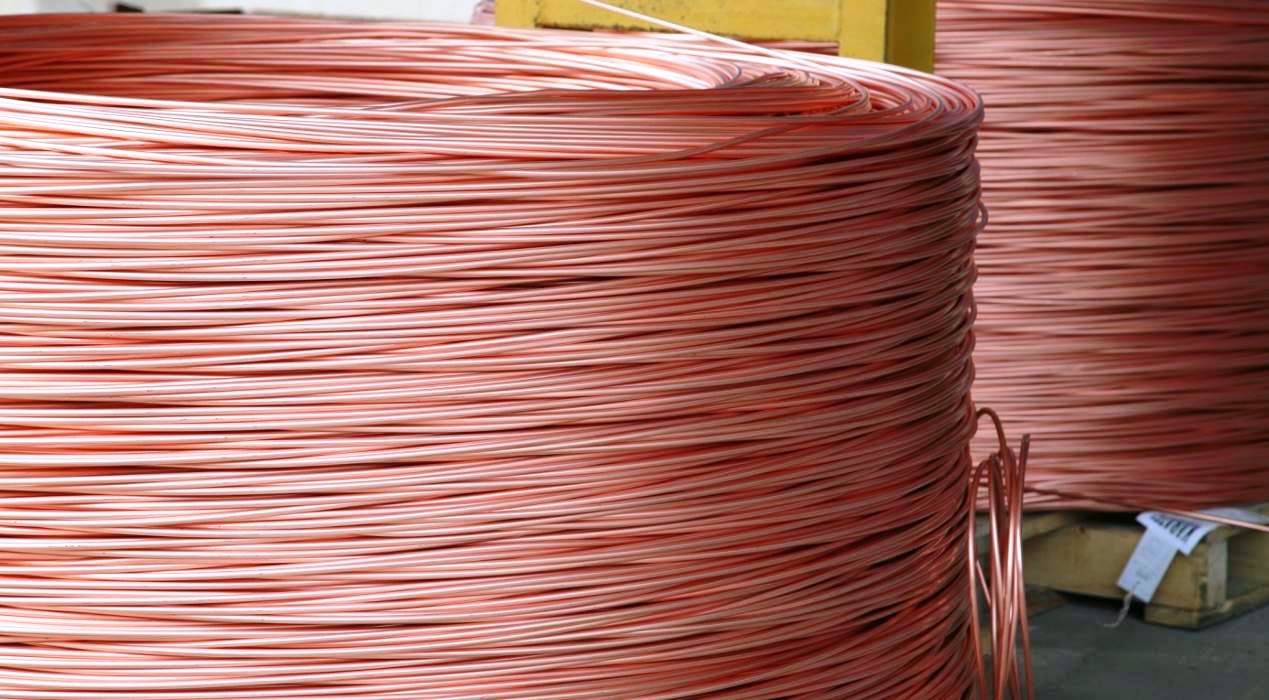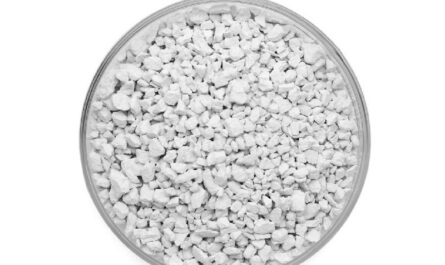Copper clad steel wire is a type of cable made by bonding a layer of copper onto the surface of a steel wire core. This special type of composite wire combines the conductivity advantages of copper with the strength of steel.
Manufacturing Process
The manufacturing process for copper clad steel wire involves several key steps:
Wire Drawing – High-carbon steel wire is initially drawn through diamond dies to achieve the required diameter. This process greatly strengthens the wire by cold working.
Surface Preparation – The drawn steel wire core is then thoroughly cleaned and pickled to remove any oxides or impurities on the surface. This prepares it for bonding.
Copper Coating – The cleaned Copper Clad Steel Wire is passed through an electrolytic copper plating solution. This deposits a thin, uniform layer of copper onto the steel surface through electroplating.
Annealing – The plated wire is then annealed to relieve any stresses induced during drawing and plating. This enhances the bond between copper and steel.
Polishing – Finally, the wire may be polished to give it a smooth, bright finish before winding onto drums for storage and shipment.
Strict quality control measures ensure a uniform coating thickness and excellent adhesion between the copper and steel layers after this manufacturing process.
Properties
The unique property profile of copper clad steel wire comes from combining the attributes of its composite materials:
– Electrical Conductivity – The outer copper layer provides high electrical conductivity similar to solid copper wire. This makes it suitable for power transmission.
– Mechanical Strength – The high-strength steel core gives excellent tensile strength and flexibility to withstand stresses during installation and use.
– Corrosion Resistance – The copper coating acts as a barrier protecting the steel from corrosion forces in many environmental conditions.
– Workability – Copper clad steel wire can be drawn, stranded and fabricated easily like copper wire during further processing and application.
– Affordability – It is more cost effective compared to solid copper as steel accounts for most of the volume.
Common Applications
Leveraging its dual conductive and sturdy properties, copper clad steel wire finds widespread use in:
Power Cables – As conductor for underground and overhead power transmission lines up to 33kV. The conductivity matches aluminum at lower cost.
Telecom Cables – For telephone and network cables where corrosion resistance and transmission is important. Often used as central office wires.
Electronic Equipment – As connecting wires in appliances, motors and devices where electrical and mechanical stresses co-exist.
Military and Aerospace – Due to its high strength, flexibility and resistance to stresses like vibration, shocks and temperature fluctuations.
Automotive Wiring – In various automotive systems such as ignition coils, solenoids and sensors where durability is critical.
Features and Benefits
To summarize some key features and benefits of copper clad steel wire:
– Dual conductive and robust properties from composite design
– Matches copper conductivity at lower material cost than solid copper
– Excellent resistance to environment stresses like corrosion
– Suitable for applications involving both electrical and mechanical loads
– Endures stresses of installation and usage better than copper
– Easy processing capabilities during manufacturing and application
– Cost-effective alternative to solid copper or aluminum conductors
*Note:
1. Source: Coherent Market Insights, Public sources, Desk research
2. We have leveraged AI tools to mine information and compile it




